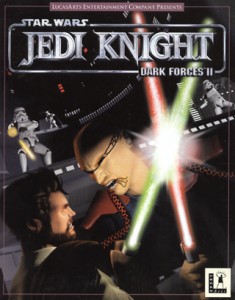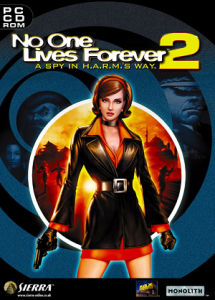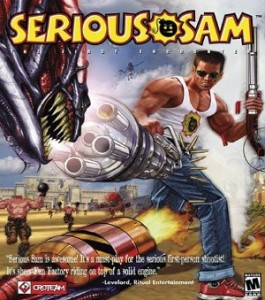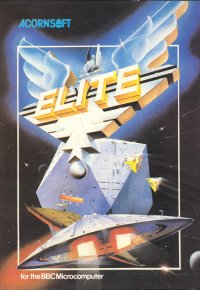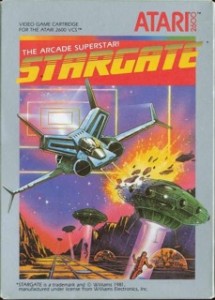436th played so far
Genre: First-Person Shooter
Platform: PC
Year of Release: 1997
Developer: LucasArts
Publisher: LucasArts
An FPS set in the Star Wars universe? The two seem made for each other. Let’s just do this.
Our Thoughts
While it often makes sense to unlock your powers one step at a time, giving you a chance to get used to them, build you up as more and more powerful and usually fitting into the story. It’s a bit of a problem for the blog, as we can often miss out on content. We try to get far enough into a game to experience them enough and get a good feel for them, something we certainly did playing through the Star Wars: Knights of the Old Republic series.
Sometimes we don’t find about them until afterwards – I’m sure we’ve missed out on features of games that would have contributed to the write up. More notably, however, are games like Star Wars Jedi Knight: Dark Forces II. A lot of the game revolves around you being a jedi (obviously), but that requires you to past to the third level (of 21). Force powers seem to come in at a similar rate.
That would be fine normally, surely, with a normal difficulty curve getting there should be possible without worrying too much about having to redo it. Sure, you might fall back a few times as needed, but not hopeless yet. Today, however, it wasn’t that easy. Dying three minutes in, the time we took to just get through the first level kept going up, until eventually the game left us in a spot where we didn’t have the health to continue facing the enemies it threw at us. The game isn’t necessarily stingy with it… it just enjoys overwhelming you while you don’t always have the weapons you need to handle it.
Multiplayer made these powers a lot more accessible – you start with them and get to pick which ones you can use. It shows more clearly how the game is meant to use these powers. None of them are major ones, overwhelming play, instead they add some boosts to make play a bit more… awesome, really.
As a shooter, though, the game works well, with the Star Wars universe being a good fit. It starts out on a space station, which looks as you’d expect, but the Star Wars aesthetic seems to show through, and both the enemies and random NPCs (droid and people repeating a single line) make the game feel like it belongs to the universe.
Final Thoughts
To me, it feels like Star Wars is a bit of a jump in and gun universe, where you should be avoiding blaster shots while shooting wildly. This game doesn’t seem to reward that as much though, instead being just a tad too stingy and a bit too strict. It’s partially experience too though – this generation of shooters is more awkward than I’m used to – but I’m just not sure how much of this is intent or based on time. Good, but slightly too disappointing.
